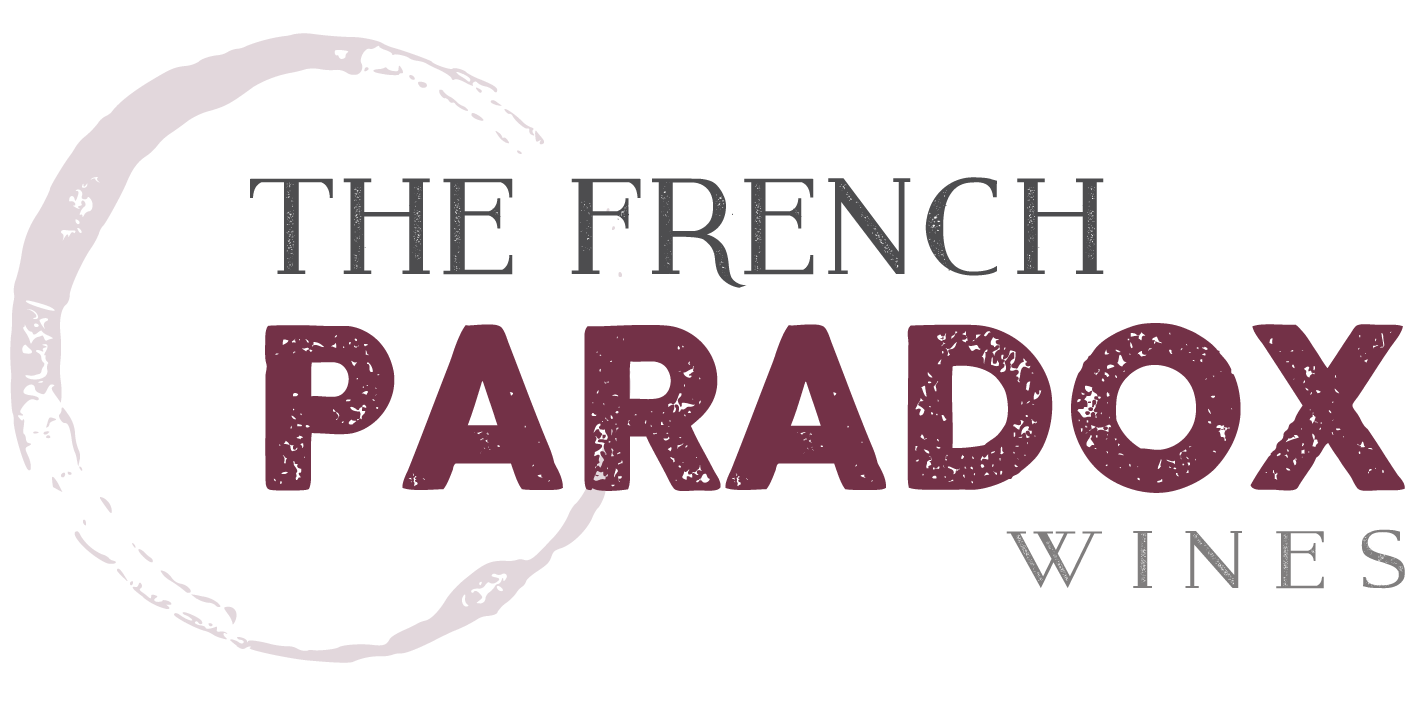Beaujolais, FR
Regular price $34.99
Sale Price $27.99
By and large, the ‘Napa’ crowd still thinks that Beaujolais is the wine that is released once per year around Thanksgiving. That wine, dear friends, is Nouveau Beaujolais, and while it certainly has its place, its not at all like Cru Beaujolais, which is what we have here. Allow me to explain…
Nouveau Beaujolais is a bright, friendly and quickly made wine that is released every fall on the third Thursday in November. It’s a celebration of the harvest, a wine of spontaneity and freshness and joy, a wine that should be consumed, not judged. People that don’t understand Nouveau will ask, ‘How is the Nouveau this year?”. The proper answer is, of course, ‘It’s here!”
Nouveau Beaujolais is made of Gamay, grown in Beaujolais (or Beaujolais Villages), in the southern end of Beaujolais. (By the way, not all non-cru Beaujolais is Nouveau. There exists ‘regular’ Beaujolais and Beaujolais-Village, as well). In the northern end of Beaujolais are 10 distinct geographic areas (called crus) which, while all growing Gamay, have their own unique personality. There is no Nouveau Cru Beaujolais.
To put this in terms that the ‘Napa’ crowd can understand, Beaujolais and Nouveau are like ‘valley floor’ wines and Cru Beaujolais are like ‘mountainside’ wines. Big difference.
The 10 Crus are (from north to south) Saint-Amour, Juliénas, Chénas, Moulin-à-Vent, Fleurie, Chiroubles, Morgon, Régnié, Brouilly and Côte de Brouilly This wine is from Juliénas, which is around the village named for Julius Caesar. The wines from here are rich, spicy and full bodied.
Anyway, this wine is produced by the cousins Mathieu Lapierre and Christophe Pacalet (who both make wines under their own labels as well). The Lapierre name is renowned in Beaujolais as Mathieu’s father, Marcel, was among the leaders of the movement that, in the 1970’s, called for a return to the old practices of viticulture and vinification: utilizing old vines, no synthetic herbicides or pesticides, harvesting when fully ripe, rigorous sorting to remove all but the healthiest grapes, adding little or no doses of sulfur dioxide, and disdaining chaptalization (the addition of sugar). The Cousins continue making their wines under the same precepts.
The resulting wine is robust and full, structured yet elegant. Deep red berry flavors and floral aromas dominate. Bold but not heavy, it retains persistent and freshening acidity. Don’t decant or hurry this wine; allow it to open throughout your meal and delight in the development of secondary flavors and aromas. Its well worth your patience.
